Practical Asset Performance Management
An innovative method to activate your failure management
As a maintenance and reliability professional you are keenly aware that a well thought out maintenance and monitoring strategy is the key element to minimizing the number of reactive activities that consume your day and possibly late nights and weekends. Improving asset performance has always involved a proper understanding of how an asset can fail, and then having the proper countermeasures in place to guard against failure occurring.
This has typically been the focus of asset strategy development methods like RCM or FMEA, but the cost and complexity associated with these approaches have limited use to the biggest and most complex industrial environments. While these methods are effective at defining the general “what” should be done or monitored, they typically fall very short in terms of practical application and implementation.
“it is surprising that so many asset-intensive organizations remain in the early stages of APM adoption, only one-third of respondents indicate their APM program is mature..”
The State of APM In Industry, ARC Advisory Group
The use of an Asset Twin can provide a practical approach to implement and operationalize asset strategies and ensure you receive the true benefits of asset performance management initiatives. An Asset Twin is a generic model that can be deployed from any strategy development method and brings your asset strategy (or maintenance tactics) together seamlessly with asset health monitoring of conditions. and actively monitors the asset and advises of emerging failure risk.

Elements Of An Asset Twin
Three integrated components to monitor asset failure risk and identify emerging threats
Together, the Asset, Failure Modes, and Protections provide an active digital model of current condition, risk and potential threats. Through an Asset Twin the asset strategy is “operationalized” to provide line of sight to potential failure risks and status of mitigation activities. Asset Twins provide a practical approach to Asset Performance Management that any industrial organization, regardless of size and maturity, can deploy today.
Asset
The virtual definition of the Asset, business objectives, mission time and typical failure rate. Risk is then assessed to detail impact of a potential failure and drive prioritization of prescriptive actions.
Failure Modes
Dominant Failure Modes are defined in addition to the conditions to monitor and preventative maintenance activities to implement for failure risk mitigation.
Protections
Protections are deployed for each failure mode to actively monitor equipment health and preventative maintenance activities and guard against unexpected failure risks. When emerging threats are detected, prescriptive and proactive action is triggered.
Let’s Connect
Provide us some additional information and we will get back with you shortly


